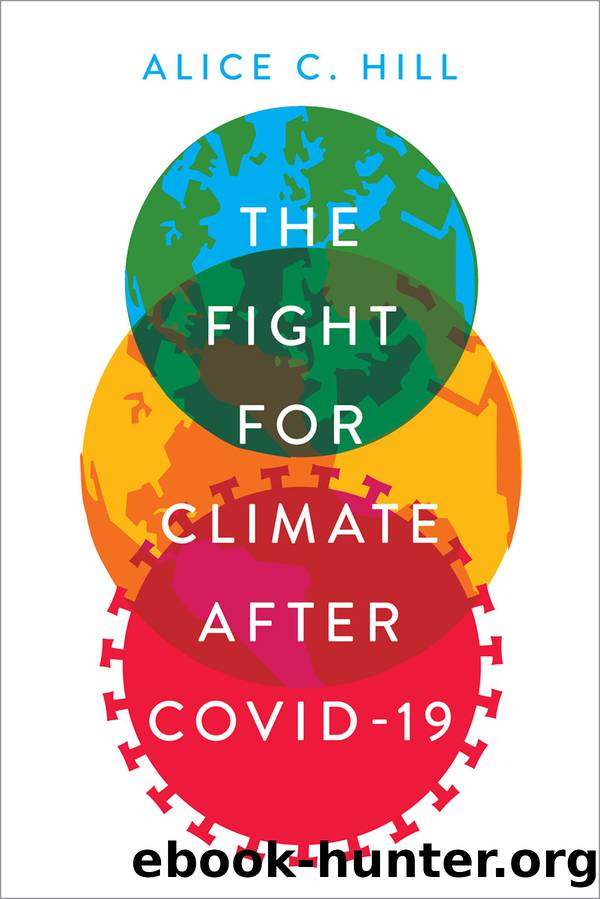The Fight for Climate after COVID-19 by Alice C. Hill

Author:Alice C. Hill
Language: eng
Format: epub
Publisher: Oxford University Press
Published: 2021-08-15T00:00:00+00:00
âPlan with us, not for usâ
Itâs not just women and children who deserve special attention when it comes to dealing with climate change. Itâs also people with disabilities. The United Nations estimates that worldwide there are one billion individuals living with disabilities. People with disabilities and older adults are two to four times more likely to die in a disaster. During the first weeks of the pandemic, over 7,000 residents of nursing homes in the United States died. The facilities became âdeath pits.â12 By November 2020, the number of deaths had grown tenfold to more than 70,000. People in long-term care facilities accounted for about 6 percent of all coronavirus cases and 35 percent of all deaths from the disease in the United States, even though less than 1 percent of America's population lives in such facilities.
Research has shown that in the aftermath of hurricanes, including the hurricanes that hit the United States in the years leading up to the 2020 pandemic, nursing home residents and those relying on life-sustaining medical equipment also suffered disproportionately.13 When utilities fail, electricity-dependent medical services also fail. New York Cityâs treatment of Coney Island residents illustrates these risks.
Coney Island is one of New York Cityâs poorest neighborhoods. When Superstorm Sandy struck in 2012, one in seven Coney Islanders was unemployed. According to census data, the average household earned $31,000 a year, and one in four residents fell below the poverty line.14 Many Coney Islanders who were older and/or suffered from disabilities lived in high-rise public housing units. After the storm knocked out power, they found themselves stranded without electricity, heat, or elevator service, âeffectively held hostage on the upper floors of their apartment buildings.â15 Temperatures dropped to near freezing, and still there was no power, heat, or hot water. The city housing authority, overwhelmed by the disaster, took weeks to even assess the status of the Coney Island residents (Figure 4.2). One of the wealthiest cities in the world did not provide assistance when some of its most vulnerable residents needed it most.
Download
This site does not store any files on its server. We only index and link to content provided by other sites. Please contact the content providers to delete copyright contents if any and email us, we'll remove relevant links or contents immediately.
The Secret History by Donna Tartt(18948)
The Social Justice Warrior Handbook by Lisa De Pasquale(12168)
Thirteen Reasons Why by Jay Asher(8847)
This Is How You Lose Her by Junot Diaz(6835)
Weapons of Math Destruction by Cathy O'Neil(6219)
Zero to One by Peter Thiel(5735)
Beartown by Fredrik Backman(5679)
The Myth of the Strong Leader by Archie Brown(5458)
The Fire Next Time by James Baldwin(5384)
How Democracies Die by Steven Levitsky & Daniel Ziblatt(5172)
Promise Me, Dad by Joe Biden(5113)
Stone's Rules by Roger Stone(5052)
A Higher Loyalty: Truth, Lies, and Leadership by James Comey(4907)
100 Deadly Skills by Clint Emerson(4880)
Rise and Kill First by Ronen Bergman(4739)
Secrecy World by Jake Bernstein(4701)
The David Icke Guide to the Global Conspiracy (and how to end it) by David Icke(4657)
The Farm by Tom Rob Smith(4465)
The Doomsday Machine by Daniel Ellsberg(4451)
